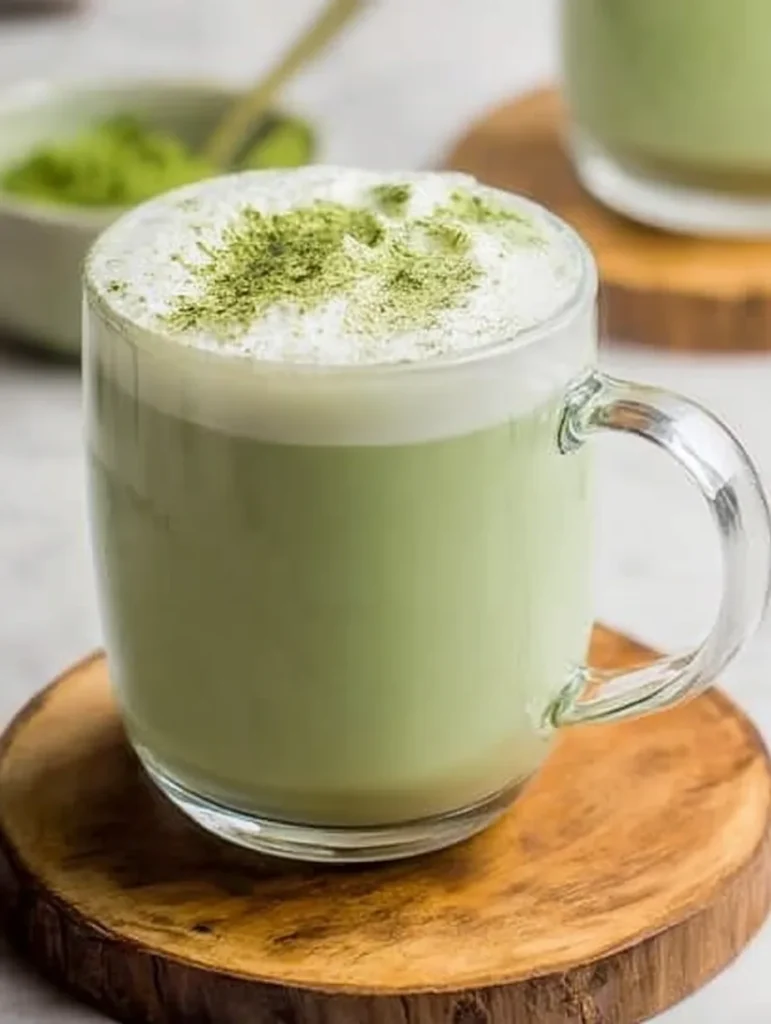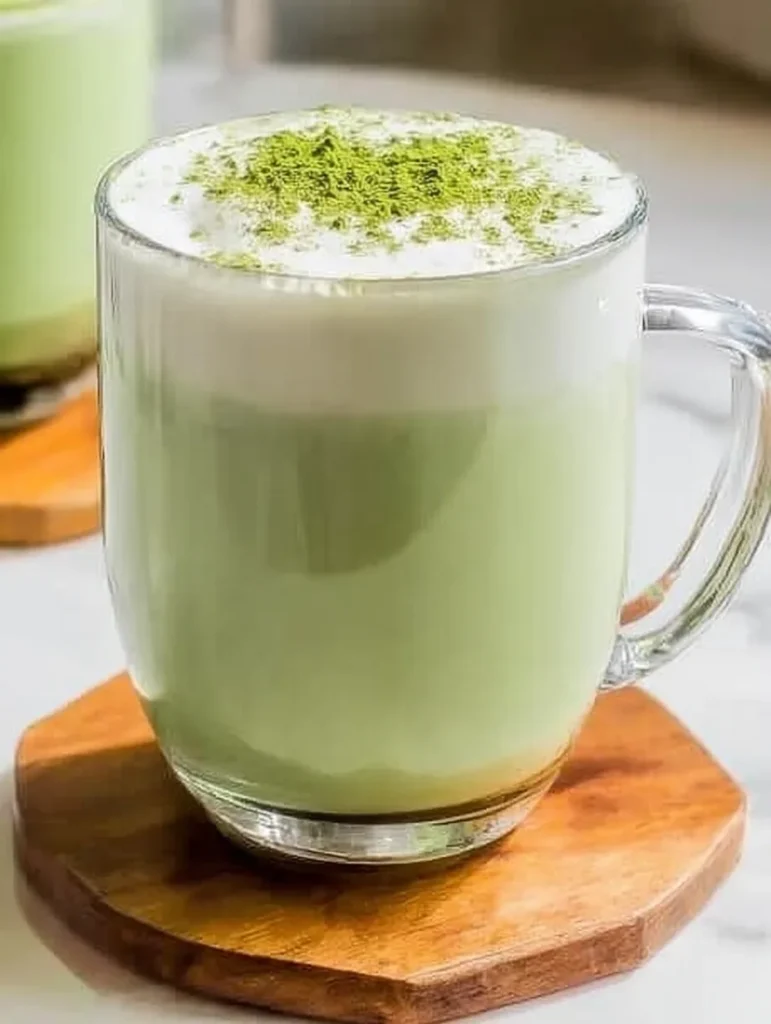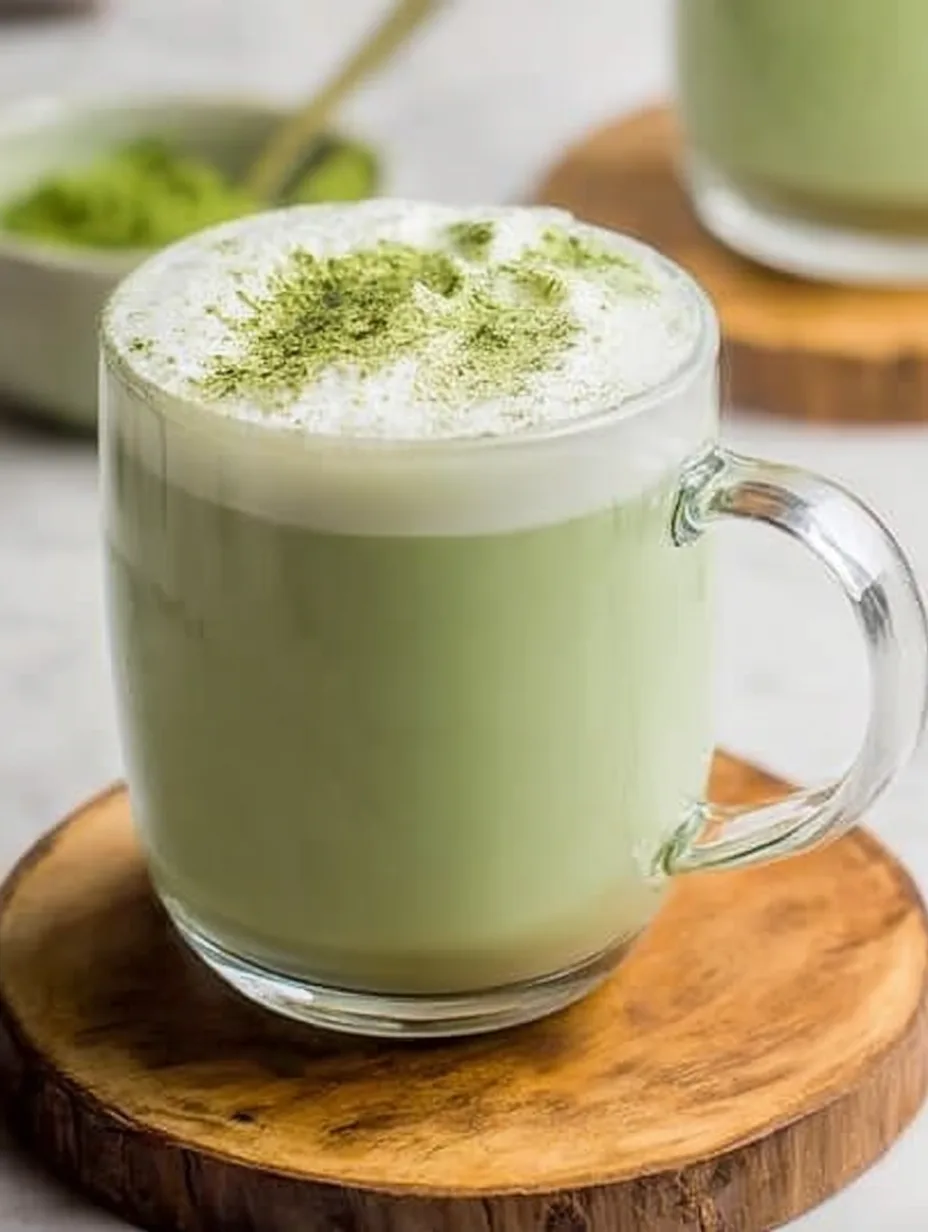You know that moment when you walk into a coffee shop and spot that gorgeous green drink someone’s sipping? Yeah, that’s a matcha latte, and trust me, it’s not just another Instagram-worthy beverage. I’ve been obsessed with these emerald beauties for years now, and honestly? Once you go green, regular coffee starts looking pretty boring.
Let me guess—you’re curious about what all the fuss is about, right? Well, buckle up because we’re about to explore why matcha lattes have become the darling of caffeine enthusiasts everywhere, and spoiler alert: it’s not just because they look pretty.

What Exactly Is a Matcha Latte?
Here’s the deal: a matcha latte combines finely ground green tea powder (that’s the matcha) with steamed milk to create this creamy, earthy masterpiece. Think of it as coffee’s sophisticated cousin who went to yoga class and came back enlightened.
The magic happens when you whisk ceremonial-grade matcha powder with a small amount of hot water, then add your milk of choice. The result? A drink that’s simultaneously calming and energizing—how’s that for having your cake and eating it too?
The Matcha Difference
Unlike regular tea where you steep leaves and toss them out, matcha makes you consume the entire tea leaf. You’re basically drinking concentrated green tea superpowers. Pretty cool, huh?

The Health Benefits That’ll Make Your Doctor Smile
Okay, let’s talk about why matcha lattes are basically liquid wellness. I’m not saying they’ll cure everything (wouldn’t that be nice?), but the benefits are pretty impressive.
Antioxidant Powerhouse
Matcha contains catechins—those fancy antioxidants that fight free radicals like tiny green warriors. We’re talking about EGCG levels that make regular green tea look like amateur hour. One cup of matcha latte delivers the antioxidant equivalent of about 10 cups of regular green tea. Not too shabby!
Sustained Energy Without the Crash
Remember that jittery feeling you get from too much coffee? Matcha lattes laugh in the face of energy crashes. The L-theanine in matcha works with caffeine to provide smooth, sustained energy that lasts for hours. It’s like having a personal energy manager who actually knows what they’re doing.
Brain Boost Benefits
The combination of caffeine and L-theanine doesn’t just keep you awake—it enhances focus and concentration. I’ve noticed I can tackle my most challenging tasks after a matcha latte without feeling scattered or anxious. Science backs this up too, FYI.
How to Make the Perfect Matcha Latte at Home
Want to save money and master this green goodness yourself? I’ve got you covered. Making matcha lattes at home isn’t rocket science, but there are definitely some tricks to nail it.
What You’ll Need
- High-quality matcha powder (ceremonial grade if you’re feeling fancy)
- Bamboo whisk (chasen) or electric milk frother
- Hot water (175°F—not boiling!)
- Your favorite milk
- Sweetener of choice (optional)
The Step-by-Step Process
- Sift your matcha powder to avoid clumps (trust me on this one)
- Add 1-2 teaspoons of matcha to a bowl
- Pour in 2-3 tablespoons of hot water
- Whisk vigorously in a zigzag pattern until frothy
- Steam your milk and pour it over the matcha base
- Sweeten if desired and enjoy your homemade masterpiece
Pro tip: Don’t skip the sifting step unless you enjoy drinking lumpy disappointment :/
Store-Bought vs. Homemade: The Great Debate
Let’s be real—sometimes you want convenience, and sometimes you want control. Both have their place in the matcha latte universe.
Store-Bought Advantages
- Convenience factor (obviously)
- Consistent flavor every time
- Professional milk frothing that’s hard to replicate at home
- No cleanup required
Homemade Benefits
- Cost-effective in the long run
- Quality control over ingredients
- Customizable sweetness and milk choices
- Bragging rights when friends come over
IMO, learning to make them at home is worth it, but I’m not judging anyone who grabs one from their favorite café on busy mornings. Life’s too short for matcha gatekeeping!
Choosing the Right Matcha Powder
Not all matcha powders are created equal, and honestly, some of the cheap stuff tastes like lawn clippings mixed with disappointment. Here’s what to look for:
Quality Grades
Ceremonial grade is the top shelf—smooth, sweet, and perfect for lattes. Culinary grade works for cooking and baking but can be bitter for drinking. Premium grade sits somewhere in the middle and offers good value for daily matcha lattes.
Color and Texture
Good matcha should be vibrant green—think spring grass, not army fatigues. The texture should be fine and silky, not gritty or dull. If your matcha looks yellowish or brown, it’s either old or low quality.
Origin Matters
Japanese matcha, particularly from regions like Uji or Nishio, tends to be superior. These areas have perfected the art of shade-growing and stone-grinding that creates exceptional matcha powder.
Milk Options That Actually Work
The milk you choose can make or break your matcha latte experience. Let me share what I’ve learned through trial and (some regrettable) error.
Dairy Milk
Whole milk creates the creamiest texture and complements matcha’s earthiness beautifully. 2% milk works well too but won’t be quite as rich. Skip skim milk unless you enjoy disappointment in liquid form.
Plant-Based Alternatives
Oat milk froths like a dream and adds subtle sweetness that pairs wonderfully with matcha. Coconut milk brings tropical vibes but can overpower delicate matcha flavors. Almond milk works but doesn’t froth as well—just manage your foam expectations.
Common Matcha Latte Mistakes (And How to Avoid Them)
We’ve all been there—excited to make the perfect matcha latte only to end up with something that tastes like bitter regret. Here are the mistakes I see people make repeatedly:
Using Boiling Water
Water that’s too hot will make your matcha bitter and kill those delicate flavors. Stick to 175°F maximum. If you don’t have a thermometer, let boiling water cool for about 5 minutes.
Skipping the Whisking Step
You can’t just stir matcha with a spoon and call it good. Proper whisking creates that smooth, frothy texture that makes matcha lattes special. Put some elbow grease into it!
Using Low-Quality Matcha
Cheap matcha will give you cheap results. You don’t need to break the bank, but invest in decent quality matcha powder. Your taste buds will thank you.
The Perfect Matcha Latte Pairings
Ever wondered what foods complement matcha lattes best? I’ve done the delicious research for you.
Sweet Companions
White chocolate pastries create an amazing contrast with matcha’s earthiness. Vanilla cookies or shortbread provide a buttery backdrop that lets matcha shine. Mochi or dorayaki keep things authentically Japanese.
Savory Options
Avocado toast might sound weird, but the creamy richness works surprisingly well. Light sandwiches or rice crackers won’t compete with matcha’s subtle flavors.
When to Drink Your Matcha Latte
Timing matters more than you might think. Matcha lattes work best when you want sustained energy without intensity. I love them mid-morning when I need focus but don’t want coffee’s aggressive energy spike.
Avoid drinking matcha lattes late in the day unless you enjoy staring at the ceiling at midnight. The caffeine content is real, even if it feels gentler than coffee.
The Social Media Factor (Let’s Be Honest)
Look, we all know matcha lattes are gorgeous. That vibrant green color practically begs for Instagram photos. But here’s the thing—they taste even better than they look, and that’s saying something.
The aesthetic appeal definitely contributes to matcha’s popularity, but the flavor and health benefits keep people coming back. It’s substance with style, which is pretty rare these days 🙂
Wrapping Up This Green Journey
Matcha lattes represent something special in our fast-paced world—a moment of calm sophistication that delivers both flavor and function. Whether you’re drawn to the health benefits, the sustained energy, or just the fact that they make regular coffee look basic, matcha lattes offer something for everyone.
The beauty lies in their versatility. You can make them at home for pennies per cup, customize them exactly to your taste, or treat yourself to a professionally crafted version when you want to feel fancy. Either way, you’re getting a drink that’s been perfected over centuries and adapted for modern life.
So next time you’re debating between your usual coffee order and that intriguing green option, why not take the plunge? Your taste buds might just discover their new obsession, and your energy levels will definitely thank you for the upgrade. Trust me—once you experience the smooth, sustained energy and rich, earthy flavor of a well-made matcha latte, you’ll understand why this green revolution isn’t going anywhere anytime soon.

Matcha Latte
Equipment
- Bamboo whisk (chasen) or electric milk frother
- Sifter
- Bowl
- Mug
Ingredients
- 1 –2 tsp ceremonial-grade matcha powder
- 2 –3 tbsp hot water about 175°F / 80°C
- 1 cup milk dairy or plant-based like oat, almond, or coconut
- Sweetener of choice optional
Instructions
- Sift the matcha powder into a bowl to remove clumps.
- Add 2–3 tablespoons of hot water (not boiling) to the bowl.
- Whisk vigorously in a zigzag motion until the matcha is frothy.
- Steam or heat your milk and pour it gently over the whisked matcha.
- Add sweetener if desired.
- Enjoy immediately while warm.
